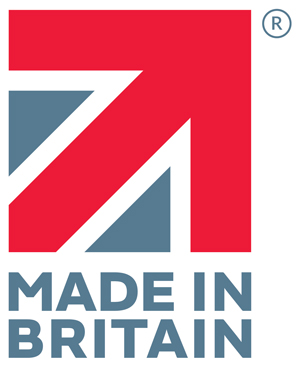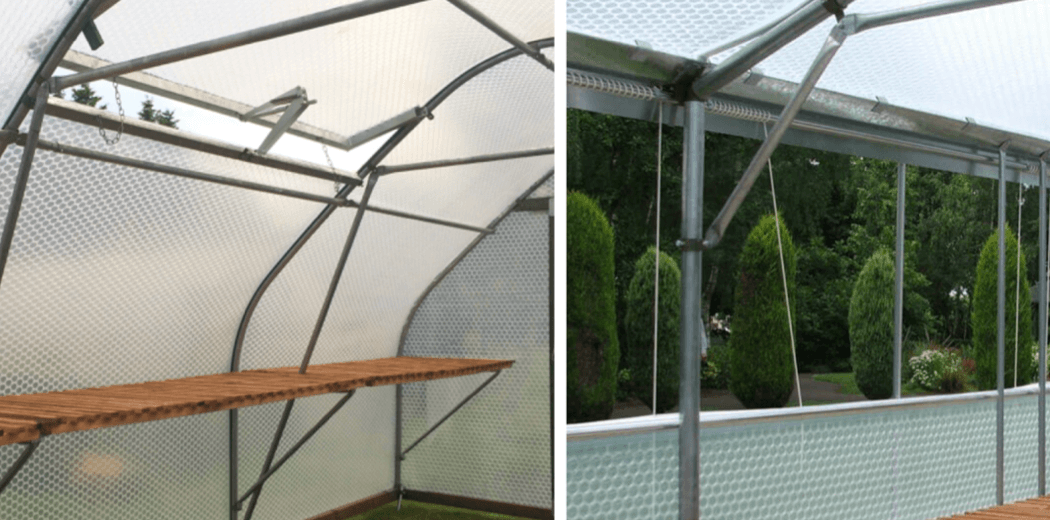Automating Your Greenhouse
Automating Your Greenhouse to Provide the Optimum Growing Environment
In the ever-evolving world of horticulture, greenhouses are playing an increasingly vital role in optimising growing conditions for a variety of plants. Among the leaders in this field, Keder greenhouses are revolutionising the industry by providing superior insulation, enhanced light diffusion, durability, improved ventilation, environmental sustainability, versatility, and cost-effectiveness. For horticulturists seeking to optimise their growing conditions and achieve better crop outcomes, investing in a Keder greenhouse is a wise and forward-thinking decision. As the demand for sustainable and efficient agricultural practices continues to grow, Keder greenhouses stand out as a beacon of innovation and practicality in the world of horticulture.
The Benefits of Automation in Your Greenhouse
Automating a greenhouse involves integrating various systems to control the environment, ensuring optimal conditions for plant growth with minimal human intervention. Here’s a guide on how to automate a greenhouse and take full advantage of the benefits that Keder greenhouses have to offer.
Temperature Control
- Thermostats and Sensors – To maintain the perfect temperature, install thermostats connected to heating and cooling systems. These devices monitor the temperature and activate heaters or fans when necessary.
Automated Vents in the Keder Domestic Range
- At Keder Greenhouse, we offer non-electric automatic roof vents as an optional upgrade in our domestic greenhouse range. These vents use thermal actuators, which operate through a combination of mechanical and thermal processes that allow for passive climate control within the greenhouse.
- The core principle behind the automatic roof vent is the use of a thermal actuator filled with wax that expands when heated. As the temperature inside the greenhouse rises, the wax inside the actuator expands, causing the vent to open. This process is entirely automatic, requiring no electricity or manual intervention. As the temperature drops, the vent closes, ensuring a stable environment for your plants.
Advanced Automation for Commercial Greenhouses
In our smallholder and commercial greenhouse range, we provide manual side drop vents as standard, but you can upgrade to motorised vents controlled by temperature sensors to regulate airflow throughout the structure. This feature is particularly useful for larger operations where precise control of the environment is crucial.
Additional Advanced Automation Solutions
- Humidity Control – Use humidifiers and dehumidifiers connected to humidity sensors to maintain ideal moisture levels.
- Misting Systems – Automate misting systems to increase humidity when needed.
- Cooling Systems – Automate fans and exhaust systems to activate when temperatures exceed a certain threshold.
- Shade Cloths – Deploy motorised shade cloths based on light sensors or temperature readings, although Keder’s diffused lighting typically prevents the need for this.
- Irrigation Systems – Set up a drip irrigation system with automated timers or moisture sensors to ensure consistent watering. While we recommend manual watering for domestic and smallholder clients to maintain a close eye on crops, automation is an option.
- Lighting Automation – Install grow lights with timers or light sensors to extend daylight hours or provide additional light during cloudy days.
- Air Circulation – Connect automated fans to environmental controllers or thermostats to circulate air and maintain even temperatures.
- Environmental Controllers – These central units integrate all systems (temperature, humidity, CO2, irrigation, etc.) and allow for centralised control. Advanced controllers can be programmed with specific settings for different crops.
- Remote Monitoring – Install sensors that feed data to a central controller or a cloud-based system, allowing remote monitoring via smartphones or computers.
- Alarms and Notifications – Set up alerts for critical conditions like temperature extremes or low water levels, ensuring that you are always informed of your greenhouse’s status.
- Data Logging and Analysis – Implement data loggers to track conditions over time, which can help optimise growing conditions by analysing patterns and making adjustments.
- Integration with Smart Technology – Consider integrating the greenhouse systems with smart home technology for voice control and enhanced automation. Some advanced systems even use AI and machine learning to predict and optimise greenhouse conditions based on historical data.
- Security Automation – Install surveillance cameras and automated alarms to ensure the safety and security of your greenhouse.
- Backup Systems – Ensure critical systems like heating, cooling, and irrigation have a backup power supply, such as generators or solar panels, to maintain operation during power outages.
Conclusion
Automating your greenhouse can significantly increase efficiency, reduce labour, and improve crop yields by maintaining precise growing conditions. At Keder Greenhouse, we advocate for a simplified growing environment that includes automated ventilation as a key feature.
For horticulturists looking to optimise their growing conditions and achieve better crop outcomes, investing in a Keder greenhouse is a forward-thinking decision. As the demand for sustainable and efficient agricultural practices continues to grow, Keder greenhouses stand out as a beacon of innovation and practicality in the world of horticulture.
#greenhouse #greenhouselife #horticulturist #horticulture #horticulturelife #gardening #soilscience #agronomist #garden #horticultural #plants #fruitscience #gardener #horticulturetherapy #greenhouseautomation #automation


